1. Khao San Road
Here at Khao San Road, enjoy the wild water at its full swing! Even if there might be no foam parties and EDM stages, Khao San Road is still well and truly open for all Songkran celebrators to splash about!
Having been one of the most legendary destinations to celebrate Songkran in Bangkok for more than four decades, it is no surprise that the legendary Khao San Road is on this list. Celebrating Songkran at Khao San Road is one of the things you must try!
Newcomers would keep joining and filling the roadway into the night. Its eclectic charm and atmosphere certainly make it a much-beloved place to celebrate Songkran for both locals and foreigners.
- Pros: Tourists’ most popular choice/ No entrance fee/ Nearby BTS skytrain stations: Chong Nonsri and Saladaeng
- Cons: Need to be extra careful about pickpockets
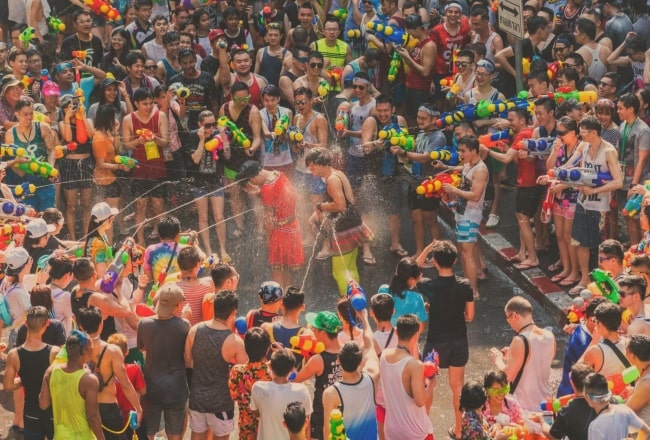
2. Silom Road
Similarly to Khao San Road, Songkran celebrations in Silom was toned down in 2019 due to the coronation events. However, that does not mean you’ll have to reload your water guns elsewhere in 2021. Silom Road still welcomes everyone to celebrate, but we will have to follow the news on the prospect of any EDM or foam parties in Silom for Songkran this year.
Silom is located right in Bangkok’s CBD. As a result, you will see many kinds of people from different ages ranging from children and their parents, employees, and even night workers. At noon, people start to gather up and celebrate.
From my personal experience, the only downside to celebrating Songkran in Silom is that there can be a lot of people, and when I say a lot, it really is A LOT. So, grab your sunglasses, because you will be shot with water guns non-stop!
- Pros: Locals’ most popular choice/ No entrance fee/ Nearby BTS skytrain stations: Chong Nonsri and Saladaeng
- Cons: Need to be extra careful about pickpockets
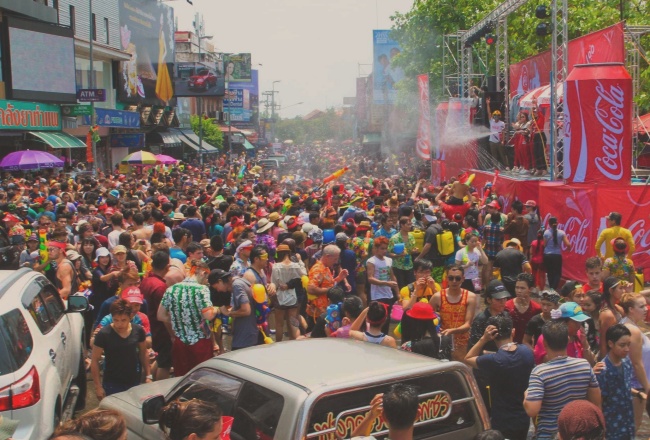
3. RCA
For those who are looking to dance at the wildest Songkran parties in Bangkok in 2021, RCA is the place to be! Every year, it holds the coolest events combining clubbing and water fights together. Each club brings you your favorite DJs/ singers, both international and Thai to their own yards. So, here is your chance to party all night long!
The biggest event in RCA is called S20 Songkran festival (postponed to 2021), where they have different DJ lineups for 3 nights, so you will feel like you are in a music + water festival. Or, if you are into more-of international beats, grab the ticks for SIAM Songkran Music festival. If you love partying, give RCA a chance, and you will thank us later!
F.Y.I., early birds catch the worms, as Thais often go to reserve tables around 4-5 p.m. because all the tables will be booked and taken as fast as a blink of an eye. Trust me, if you are going to an event of this kind with your mates, you need to be there early to get a table. Your lives would be much easier and very convenient during the party!
- Pros: Party lovers’ most popular choice/ Age 20+
- Cons: Entrance fees are varied depending on each club, venue, and DJ lineup/ Hard to catch a taxi or motorcycle when leaving
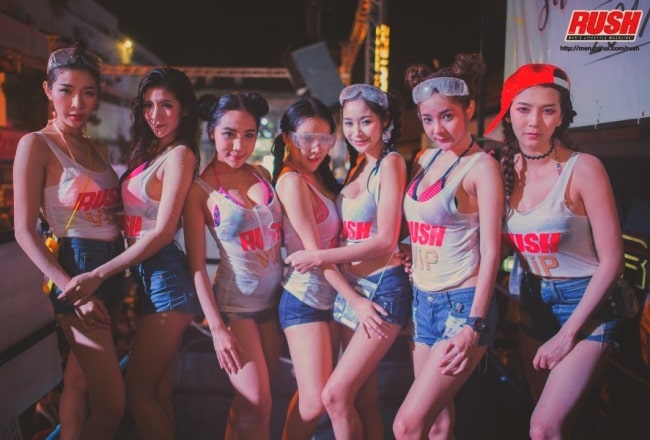
4. Siam Square
Siam is not only known for all the huge, famous department stores, but Siam is also the main hub for tutoring schools and is where all the college students mingle. No wonder, you will find tons of teens celebrating Songkran in the Siam area. During the water festival, only the big malls in the area such as Siam Paragon, Siam Center, MBK, and Central World are open. However, all the shops in Siam Square (locals call it a no air-con/ hot zone) are closed so that visitors can enjoy the fun to the max. Here, you can dip yourself in the foam party as well!
- Pros: Teens’ most popular choice/ No entrance fee/ Nearby BTS Siam Station
- Cons: Need to be extra careful about pickpocket.
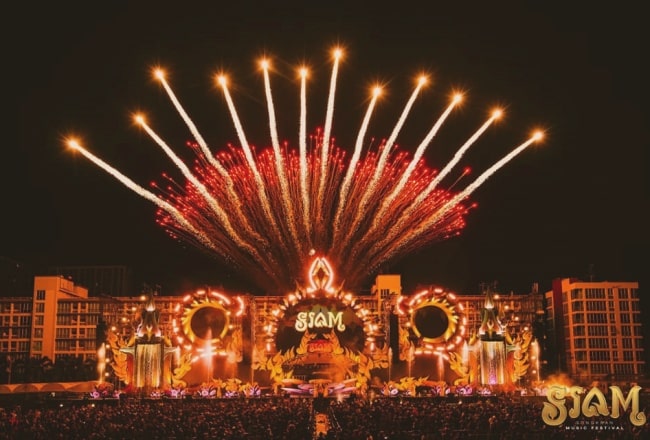
5. Ratchada Soi 4
Located nearby MRT Rama 9 station and not too far from RCA, Ratchadapisek Soi 4 is another clubbing venue turned into water fight parties. It is just like RCA, but with more affordable prices for entrance fees and drinks. The venue is packed with party animals and crazy dancers. If you are tired of the crowd in RCA, then Ratchada Soi 4 is your perfect alternative!
- Pros: Party lovers’ choice/ Nearby MRT Rama 9 Station/ Age 20+
- Cons: Entrance fees are varied depend on each club, venue, and DJ lineup/ Hard to catch a taxi or motorcycle when leaving
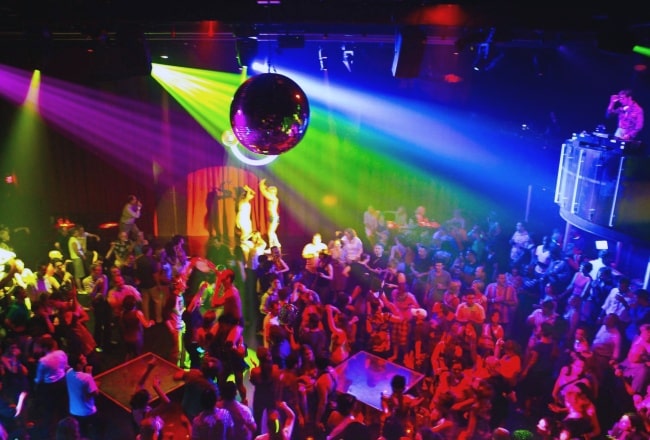


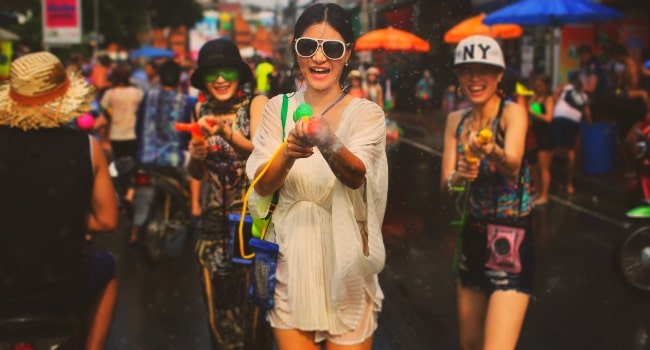

 07/01/2026
07/01/2026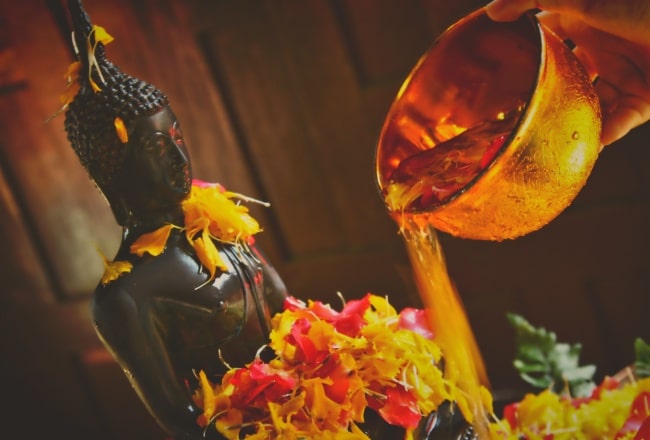
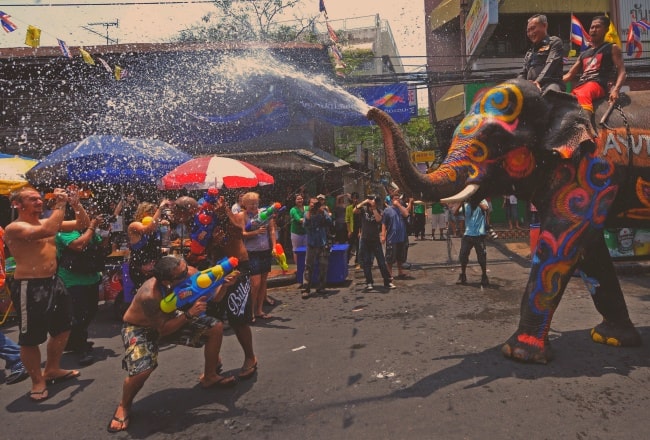
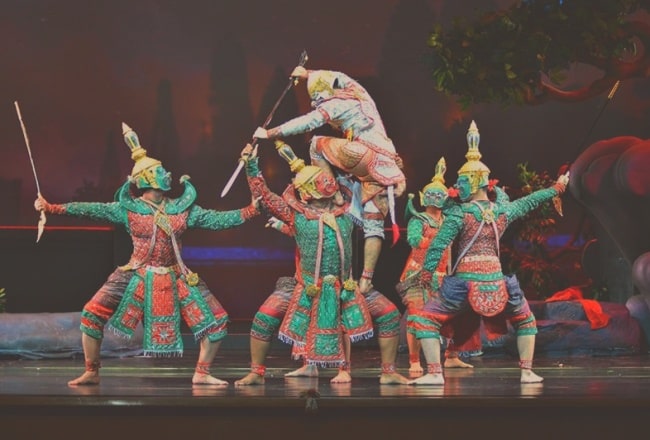
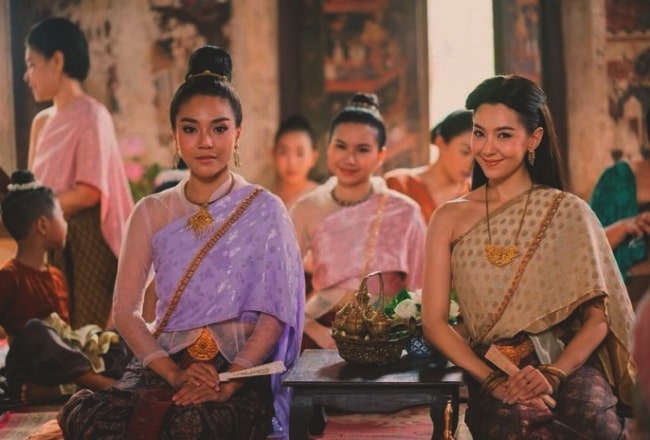
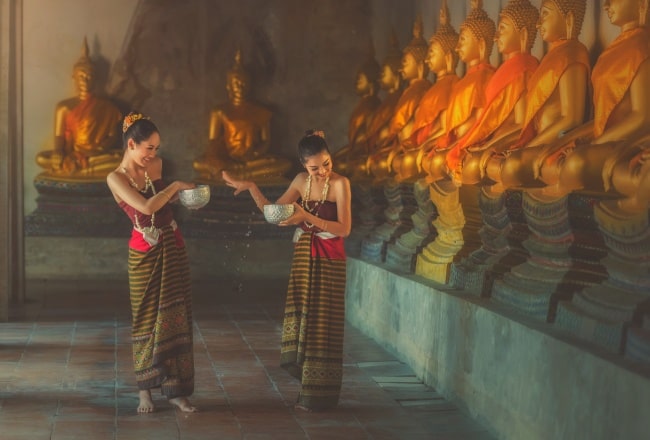
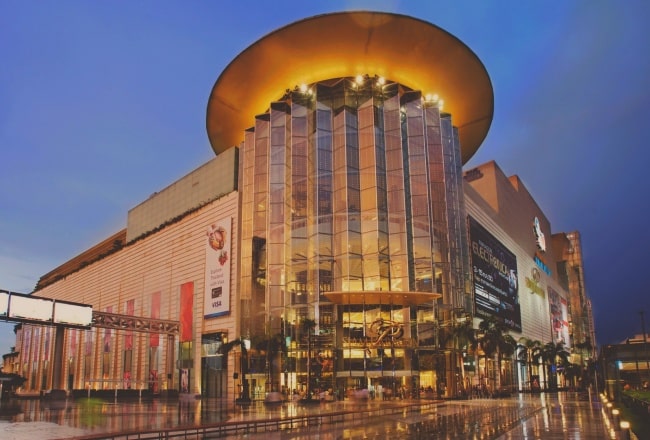
























Jolie LIEMMy name is Jolie, I am a Vietnamese girl growing up in the countryside of Hai Duong, northern Vietnam. Since a little girl, I was always dreaming of exploring the far-away lands, the unseen beauty spots of the world. My dream has been growing bigger and bigger day after day, and I do not miss a chance to make it real. After graduating from the univesity of language in Hanoi, I started the exploration with a travel agency and learning more about travel, especially responsible travel. I love experiencing the different cultures of the different lands and sharing my dream with the whole world. Hope that you love it too!